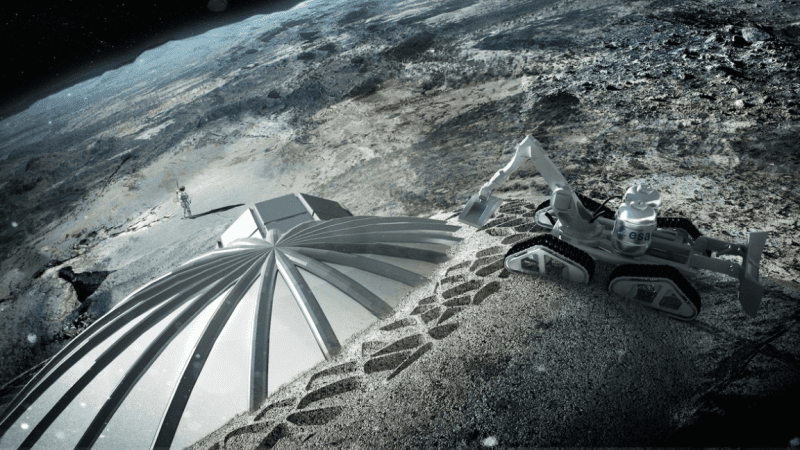Industry
The Industrial Research Institute for Automation and Measurements in The EU Robotics Research Cluster

Industrial Research Institute for Automation and Measurements is going to begin implementation of research grant-related works, within the scope of the “PERASPERA” Strategic Research Cluster of the EU. The works of the said cluster are focused on planning, development and harmonization of the space robotics. The cluster gathers together a number of entities, including the European Space Agencies such as ESA, DLR, or CNES; representatives of the industry, including Airbus, Thales Alenia Space, OHB; and highly specialized research institutions, working in the field of space robotics.
The Cluster conducts its operations in three areas: orbital and planetary robotics, as well as basic research. Within the aforesaid research area, initiated in 2016, among other devices, basic robotic technologies are being developed, such as autonomy algorithms, data fusion sensors and algorithms or space variant of the “ROS” robot control system.
Within the aforesaid research path, Industrial Research Institute for Automation and Measurements has been developing sensors that could measure momentum, force and touch (contact). “The sensor package defined in this way would provide feedback for the gripper during the satellite maintenance operations and it is a natural expansion of the functionality of our gripper” - as PIAP’s Jarosław Jaworski explains. Within the cluster, PIAP has also been tasked with mechanical integration of the sensors and analysis of the capabilities of utilizing LIDAR for short range navigation (up to 25 meters). Both LIDAR, as well as the force and momentum sensors, may be easily applied during the maintenance (orbital) and research (planetary) missions planned by ESA.
Within the said path, Hertz Systems company based in Zielona Góra is also working on a project of delivering a precision 3D navigation radar, which is to be operated at ranges of up to 500 meters. The sensor detects and measures the range to objects with a diameter of down to 1 inch, such as space debris, stones, asteroids, also providing the azimuth and elevation data. This will make it possible to accurately position the satellite in space, with accuracy of millimetres. The work undertaken by the Polish entities is structured within an operational grant which gathers together ten European entities which, working together, are developing a variety of sensor technologies for space robotic applications.
Within the framework of the planetary path, a demonstrator of the European mobile robot mission, the goal of which would be to look for water on the Moon’s poles, is going to be presented. When it comes to the orbital path, concept of a servicing mission is going to be showcased. The works within the framework of the aforesaid development paths are going to last between 2018 and 2020. As Mateusz Wolski of the Industrial Research Institute for Automation and Measurements suggests, inclusion of the Polish the entity in the PERASPERA cluster is very significant, considering the early stage of its development, allowing the researchers to design devices for future missions undertaken by ESA, in the competitive areas, where PIAP’s expertise could be effectively utilized. Moreover, as the representative of the Polish entity suggested, this allows PIAP to get acquainted with the specific nature of the demanding field, which is the space sector.
PERASPERA Strategic Research Cluster of the EU includes six European space agencies: ESA, DLR, CNES, ASI, UKSA, CDTI. The work implemented within the cluster is being carried out within the framework of operational grants used by the research-industrial consortia. The goal of the cluster’s operations is to develop the robotic technologies up to the level, at which demonstration missions could be carried out in the outer space. This will make it possible to widely utilize robotics in exploration, maintenance and commercial initiatives.
